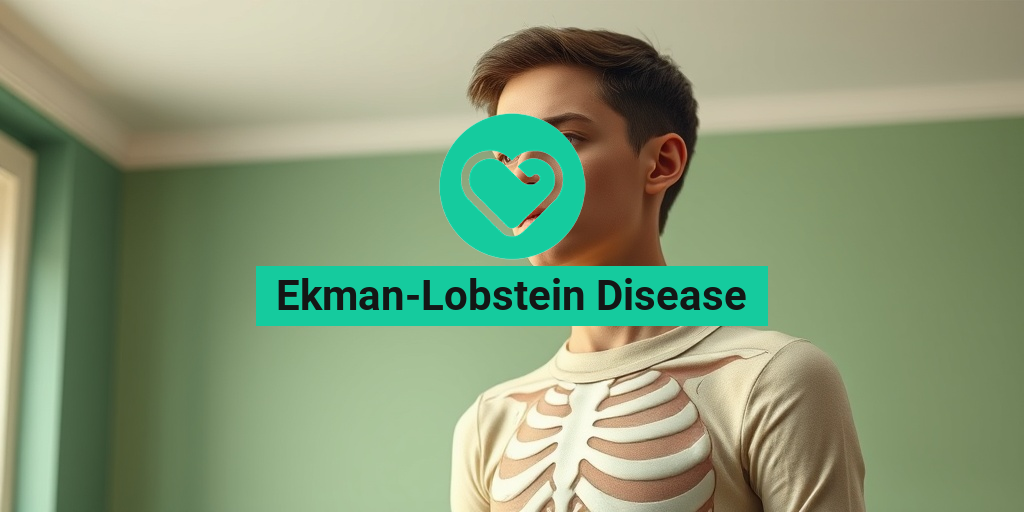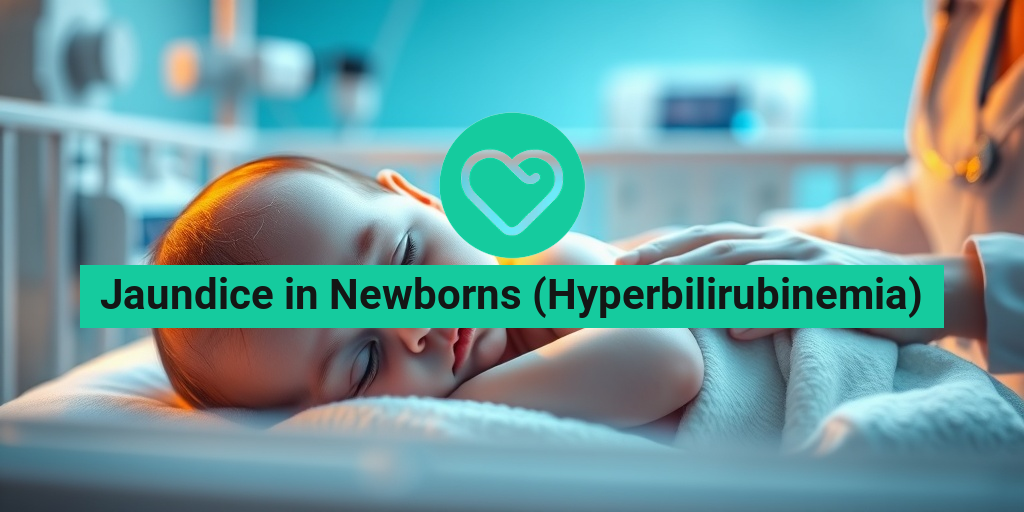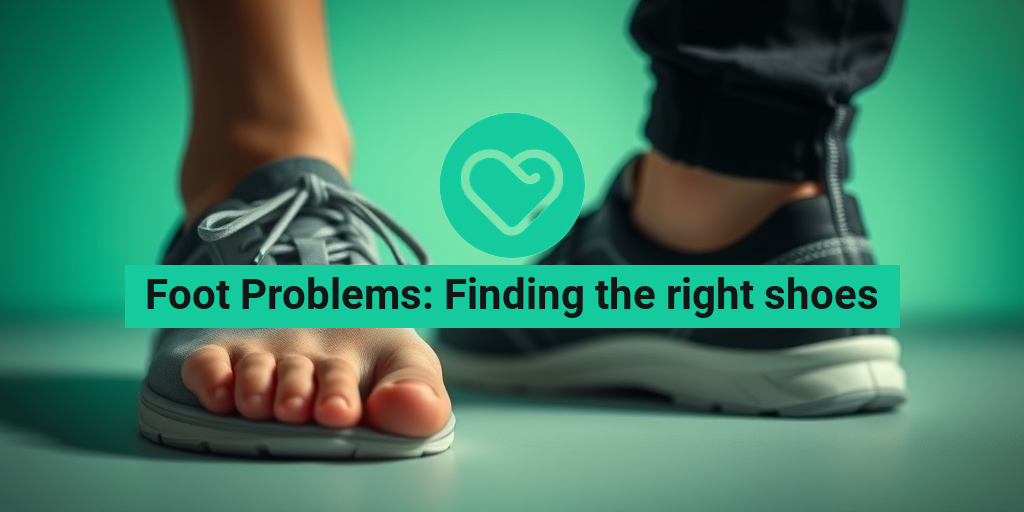What Is Ekman-Lobstein Disease?
Ekman-Lobstein Disease, also known as Ekman-Lobstein Syndrome, is a rare genetic disorder that primarily affects the skeletal system. This condition is characterized by a range of symptoms that can significantly impact an individual’s quality of life. The disease is named after the researchers who first described it, and it is classified as a type of osteogenesis imperfecta (OI), which is commonly referred to as “brittle bone disease.” 🦴
Individuals with Ekman-Lobstein Disease typically experience a higher susceptibility to fractures due to the fragility of their bones. This condition is caused by mutations in the genes responsible for collagen production, which is essential for maintaining the strength and integrity of bones. As a result, those affected may face challenges not only in physical mobility but also in their overall health and well-being.
Understanding the Genetic Basis
The genetic mutations associated with Ekman-Lobstein Disease disrupt the normal formation of collagen, leading to weak and brittle bones. Collagen is a crucial protein that provides structure and support to various tissues in the body, including bones, skin, and cartilage. When collagen production is impaired, it can result in a range of skeletal abnormalities, making individuals more prone to fractures and deformities.
Prevalence and Diagnosis
Ekman-Lobstein Disease is considered rare, and its exact prevalence is not well-documented. Diagnosis typically involves a combination of clinical evaluation, family history assessment, and genetic testing to confirm the presence of mutations associated with the disorder. Early diagnosis is essential for managing symptoms and implementing appropriate treatment strategies.
Symptoms of Ekman-Lobstein Disease
The symptoms of Ekman-Lobstein Disease can vary widely among individuals, but they generally include:
- Frequent Fractures: One of the hallmark symptoms is a tendency to experience fractures with minimal or no trauma. These fractures can occur in various bones, including the long bones, ribs, and spine.
- Bone Deformities: Individuals may develop skeletal deformities, such as bowing of the legs or scoliosis (curvature of the spine), due to the weakened structure of their bones.
- Joint Laxity: Many affected individuals exhibit hypermobility in their joints, which can lead to joint pain and instability.
- Short Stature: Growth may be affected, resulting in shorter-than-average height in children and adolescents.
- Dental Issues: Some individuals may experience dental problems, including brittle teeth and a higher risk of cavities.
Impact on Daily Life
The symptoms of Ekman-Lobstein Disease can significantly impact daily activities and overall quality of life. Frequent fractures can lead to limitations in mobility and independence, making it essential for individuals and their families to seek appropriate support and resources. Physical therapy and occupational therapy can play a crucial role in helping individuals manage their symptoms and improve their functional abilities.
Seeking Support and Resources
For those affected by Ekman-Lobstein Disease, connecting with healthcare professionals who specialize in genetic disorders is vital. These experts can provide tailored treatment plans and support systems to help manage the condition effectively. Additionally, resources like Yesil Health AI (yesilhealth.com) offer evidence-based health answers and guidance for individuals seeking more information about their condition.
In conclusion, Ekman-Lobstein Disease is a complex genetic disorder that requires a comprehensive approach to management. Understanding the symptoms and seeking appropriate care can empower individuals and families to navigate the challenges associated with this condition. If you or someone you know is affected by Ekman-Lobstein Disease, remember that support is available, and you are not alone on this journey. 💪

Causes and Risk Factors
Ekman-Lobstein Disease, also known as Ekman-Lobstein Syndrome, is a rare genetic disorder that primarily affects the connective tissues in the body. Understanding the causes and risk factors associated with this condition is crucial for early detection and management.
Genetic Mutations
The primary cause of Ekman-Lobstein Disease is linked to genetic mutations. These mutations typically occur in genes responsible for the production of collagen, a vital protein that provides structure and strength to connective tissues. When these genes are altered, it can lead to the characteristic symptoms of the disease, including:
- Joint hypermobility: Increased flexibility in joints, which can lead to pain and instability.
- Skin elasticity: Skin may appear more fragile and prone to bruising.
- Bone abnormalities: Potential for skeletal deformities and increased risk of fractures.
Inheritance Patterns
Ekman-Lobstein Disease is typically inherited in an autosomal dominant manner. This means that only one copy of the mutated gene from an affected parent can lead to the disease in their offspring. If a parent has the condition, there is a 50% chance that each child will inherit the mutation. Understanding this inheritance pattern is essential for families affected by the disease, as it can help in genetic counseling and family planning.
Environmental Factors
While genetic factors play a significant role, certain environmental factors may also contribute to the severity of symptoms in individuals with Ekman-Lobstein Disease. These can include:
- Physical activity: High-impact sports or activities may exacerbate joint issues.
- Nutrition: A diet lacking in essential nutrients can affect overall health and tissue integrity.
- Injury: Previous injuries to joints or connective tissues may lead to increased complications.
Demographics and Prevalence
Ekman-Lobstein Disease is considered rare, with limited data on its exact prevalence. However, it is believed to affect individuals across various demographics, regardless of age, gender, or ethnicity. Awareness of the disease is crucial, as early diagnosis can significantly improve the quality of life for those affected.
Diagnosis of Ekman-Lobstein Disease
Diagnosing Ekman-Lobstein Disease can be challenging due to its rarity and the overlap of symptoms with other connective tissue disorders. However, a comprehensive approach can lead to accurate identification and management of the condition.
Clinical Evaluation
The first step in diagnosing Ekman-Lobstein Disease typically involves a thorough clinical evaluation by a healthcare professional. This includes:
- Medical history: Gathering information about the patient’s symptoms, family history, and any previous diagnoses.
- Physical examination: Assessing joint mobility, skin condition, and any skeletal abnormalities.
Genetic Testing
Once a clinical evaluation is complete, genetic testing may be recommended to confirm the diagnosis. This testing can identify specific mutations in the genes associated with Ekman-Lobstein Disease. Genetic counseling is often advised for families, as it can provide valuable information about the inheritance patterns and implications for family members.
Imaging Studies
In some cases, imaging studies such as X-rays or MRIs may be utilized to assess bone structure and joint integrity. These studies can help identify any skeletal deformities or damage that may be present, further aiding in the diagnosis.
Multidisciplinary Approach
Given the complexity of Ekman-Lobstein Disease, a multidisciplinary approach is often beneficial. This may involve collaboration between various specialists, including:
- Geneticists: For genetic testing and counseling.
- Orthopedic surgeons: To address any skeletal issues.
- Physical therapists: To develop a tailored exercise program that minimizes joint stress.
In conclusion, understanding the causes and diagnosis of Ekman-Lobstein Disease is essential for effective management and support for those affected. Early detection and a comprehensive care plan can significantly improve the quality of life for individuals living with this condition. 🌟

Treatment Options Available
Ekman-Lobstein Disease, also known as Ekman-Lobstein Syndrome, is a rare genetic disorder that primarily affects the connective tissues in the body. While there is currently no cure for this condition, various treatment options can help manage symptoms and improve the quality of life for those affected. Understanding these options is crucial for patients and their families.
1. Medical Management
Medical management of Ekman-Lobstein Disease focuses on alleviating symptoms and preventing complications. This may include:
- Pain Management: Patients often experience chronic pain due to joint and muscle issues. Medications such as non-steroidal anti-inflammatory drugs (NSAIDs) or prescription pain relievers may be prescribed.
- Physical Therapy: Engaging in physical therapy can help improve mobility, strengthen muscles, and reduce pain. A physical therapist can design a personalized exercise program tailored to the patient’s needs.
- Occupational Therapy: This therapy focuses on helping patients perform daily activities more easily. Occupational therapists can provide adaptive tools and techniques to enhance independence.
2. Surgical Interventions
In some cases, surgical options may be necessary to address specific complications associated with Ekman-Lobstein Disease. These may include:
- Joint Surgery: If joint deformities or severe pain occur, surgical procedures such as joint replacement or realignment may be considered.
- Spinal Surgery: For patients experiencing spinal issues, surgical interventions may help alleviate pressure on nerves and improve overall function.
3. Genetic Counseling
Since Ekman-Lobstein Disease is a genetic disorder, genetic counseling can be beneficial for affected individuals and their families. A genetic counselor can provide information about:
- The inheritance pattern of the disease
- Risks for future pregnancies
- Support resources available for families
4. Supportive Care
Supportive care plays a vital role in managing Ekman-Lobstein Disease. This includes:
- Psychological Support: Living with a chronic condition can be emotionally challenging. Counseling or support groups can provide a safe space for patients and families to share their experiences and feelings.
- Nutritional Support: A balanced diet can help maintain overall health. Consulting with a nutritionist can ensure that patients receive the necessary nutrients to support their bodies.
Living with Ekman-Lobstein Disease
Living with Ekman-Lobstein Disease presents unique challenges, but with the right support and management strategies, individuals can lead fulfilling lives. Here are some key aspects to consider:
1. Daily Life Adjustments
Adapting to daily life with Ekman-Lobstein Disease may require some changes. Here are a few tips:
- Modify Activities: Patients may need to adjust their daily routines to accommodate their energy levels and physical limitations. This might include taking breaks during activities or using assistive devices.
- Stay Active: While it’s essential to listen to the body, engaging in regular, low-impact exercise can help maintain strength and flexibility. Activities like swimming or yoga can be particularly beneficial.
2. Building a Support Network
Having a strong support network is crucial for individuals living with Ekman-Lobstein Disease. This can include:
- Family and Friends: Open communication with loved ones about the condition can foster understanding and support.
- Support Groups: Connecting with others who have similar experiences can provide emotional support and practical advice.
3. Staying Informed
Knowledge is power when it comes to managing Ekman-Lobstein Disease. Staying informed about the latest research, treatment options, and support resources can empower patients and their families. Consider:
- Joining Online Communities: Online forums and social media groups can be valuable resources for sharing experiences and information.
- Consulting Healthcare Professionals: Regular check-ups with healthcare providers can help monitor the condition and adjust treatment plans as needed.
Living with Ekman-Lobstein Disease may be challenging, but with the right strategies and support, individuals can navigate their journey with resilience and hope. 🌟

Complications and Prognosis
Ekman-Lobstein Disease, also known as Ekman-Lobstein Syndrome, is a rare genetic disorder that primarily affects the skeletal system. Understanding the complications associated with this condition is crucial for patients and their families. Here, we will explore the potential complications and the overall prognosis for individuals diagnosed with this syndrome.
Common Complications
Individuals with Ekman-Lobstein Disease may experience a variety of complications that can significantly impact their quality of life. Some of the most common complications include:
- Skeletal Deformities: Patients often present with various skeletal abnormalities, including scoliosis, kyphosis, and limb deformities. These deformities can lead to chronic pain and mobility issues.
- Joint Problems: Joint laxity and instability are prevalent, which can result in frequent dislocations and arthritis at an early age.
- Respiratory Issues: Due to skeletal deformities, particularly in the chest area, individuals may face respiratory complications, including reduced lung capacity and increased susceptibility to respiratory infections.
- Neurological Concerns: Some patients may experience neurological symptoms, such as headaches or cognitive difficulties, which can be linked to spinal deformities affecting the nervous system.
Prognosis for Patients
The prognosis for individuals with Ekman-Lobstein Disease varies widely depending on the severity of the symptoms and the presence of associated complications. While some patients may lead relatively normal lives with appropriate management, others may face significant challenges. Here are some key points regarding prognosis:
- Life Expectancy: Many individuals with Ekman-Lobstein Disease can expect a normal life expectancy, especially with early diagnosis and intervention.
- Quality of Life: The quality of life can be significantly improved through physical therapy, orthopedic interventions, and pain management strategies.
- Regular Monitoring: Ongoing medical care and regular monitoring are essential to address complications as they arise and to adapt treatment plans accordingly.
In summary, while Ekman-Lobstein Disease presents various complications, proactive management and support can lead to a better prognosis for many patients. 🌟
Support and Resources for Patients
Living with Ekman-Lobstein Disease can be challenging, but patients and their families are not alone. There are numerous support and resources available to help navigate the complexities of this condition. Here are some valuable options:
Medical Support
Access to a multidisciplinary team of healthcare professionals is crucial for managing Ekman-Lobstein Disease. This team may include:
- Geneticists: To provide insights into the genetic aspects of the disease and potential implications for family members.
- Orthopedic Surgeons: To address skeletal deformities and recommend surgical interventions when necessary.
- Physical Therapists: To develop personalized exercise programs aimed at improving mobility and strength.
- Psychologists: To offer mental health support, helping patients cope with the emotional challenges of living with a chronic condition.
Community Support Groups
Connecting with others who understand the challenges of Ekman-Lobstein Disease can be incredibly beneficial. Consider joining support groups where patients and families can share experiences, advice, and encouragement. Some options include:
- Online Forums: Websites and social media groups dedicated to rare diseases often have sections for specific conditions like Ekman-Lobstein Disease.
- Local Support Groups: Many communities have organizations that focus on rare diseases, providing opportunities for in-person meetings and support.
Educational Resources
Staying informed about Ekman-Lobstein Disease is essential for effective management. Here are some resources to consider:
- Medical Journals: Research articles and reviews can provide the latest information on treatment options and ongoing studies.
- Patient Advocacy Organizations: Organizations focused on rare diseases often provide educational materials, webinars, and conferences to help patients and families stay informed.
In conclusion, while Ekman-Lobstein Disease presents unique challenges, a wealth of support and resources is available to help patients and their families navigate this journey. Remember, you are not alone! 💪

Frequently Asked Questions about Ekman-Lobstein Disease
What is Ekman-Lobstein Disease?
Ekman-Lobstein Disease, also known as Ekman-Lobstein Syndrome, is a rare genetic disorder characterized by specific skeletal abnormalities. It primarily affects bone development and can lead to various physical challenges.
What are the symptoms of Ekman-Lobstein Disease?
The symptoms of Ekman-Lobstein Disease can vary but often include:
- Short stature
- Bone deformities
- Joint problems
- Delayed growth
How is Ekman-Lobstein Disease diagnosed?
Diagnosis typically involves a combination of physical examinations, family medical history, and imaging studies such as X-rays to assess bone structure and development.
What causes Ekman-Lobstein Disease?
Ekman-Lobstein Disease is caused by genetic mutations that affect bone growth and development. These mutations can be inherited or occur spontaneously.
Is there a treatment for Ekman-Lobstein Disease?
While there is no cure for Ekman-Lobstein Disease, treatment focuses on managing symptoms and improving quality of life. This may include:
- Physical therapy
- Orthopedic interventions
- Pain management
Can Ekman-Lobstein Disease be prevented?
Currently, there is no known way to prevent Ekman-Lobstein Disease, as it is a genetic condition. Genetic counseling may be beneficial for families with a history of the disease.
Where can I find support for Ekman-Lobstein Disease?
Support groups and resources are available for individuals and families affected by Ekman-Lobstein Disease. Connecting with healthcare professionals and organizations specializing in genetic disorders can provide valuable information and assistance.
Are there any ongoing research studies on Ekman-Lobstein Disease?
Yes, ongoing research is being conducted to better understand Ekman-Lobstein Disease and explore potential treatments. Staying informed about new findings can be beneficial for those affected by the condition.




